It was late evening when the pungent odour began entering people’s homes.
“Overwhelming” one resident called it. “Disgusting,” said another who inhaled the smell wafting through this western Saskatchewan town of 2,500 on Jan. 2.
“It gave me a migraine and nausea and burning eyes and throat,” one local wrote on the community’s Facebook page. Others quickly joined sharing similar symptoms.
By the next day, some residents were thinking about leaving town.
“No one knows what’s going on,” one wrote. “I’m thinking of packing my children up and leaving before it gets any worse in my home!”
Neither the town’s emergency alert system nor the provincial alert system issued warnings to residents; no decision has been made on charges against the waste disposal facility that has acknowledged being the source of the emission; and the incident appears nowhere in the province’s tracking database, a joint investigation by the Toronto Star, National Observer and Global News has found.
“Nothing went off that night,” says Unity resident Lindsey Ann Soderholm. “There was nothing over the radio... Nobody called... There was nothing.”
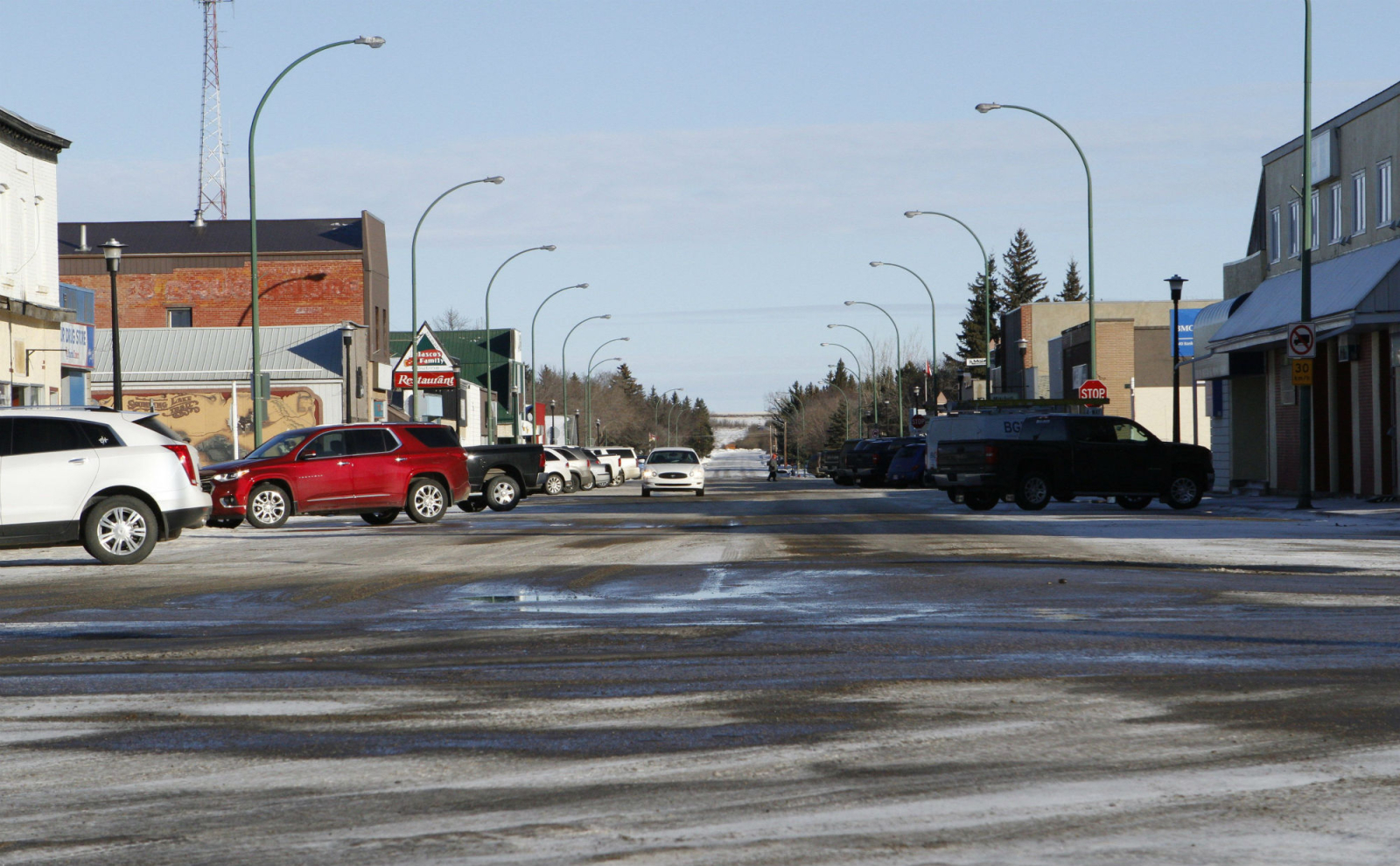
Province dispatches investigators
Nearly a month later, the cause of the smell remains a mystery in Unity, one of the hundreds of towns that dot the western Canadian landscape where the oil industry’s economic benefits and its public health risks coexist in constant tension.
A day after the incident, operators of the Tervita waste disposal site, which sits two kilometres east of town, issued a statement confirming a malfunctioning pump had released an “unpleasant smell” that was “not hazardous or dangerous.”
Tervita declined interview requests for this story, sending a two-sentence email: “The Saskatchewan Ministry of Economy is currently conducting an investigation and we are working with them. We have no additional information to provide at this time.”
The province did not issue a statement for 10 days, confirming to residents on Jan. 12 that a “strong odour” had “in some cases caused personal discomfort.” The province dispatched inspectors to investigate the risk and the cause of the incident.
Provincial officials also declined interview requests but sent a statement confirming the province is investigating “over the next several weeks with a full report prepared once it is completed.” The investigation will also examine if the official response to the incident was “appropriate.”
Many in Unity believe the answer is no.
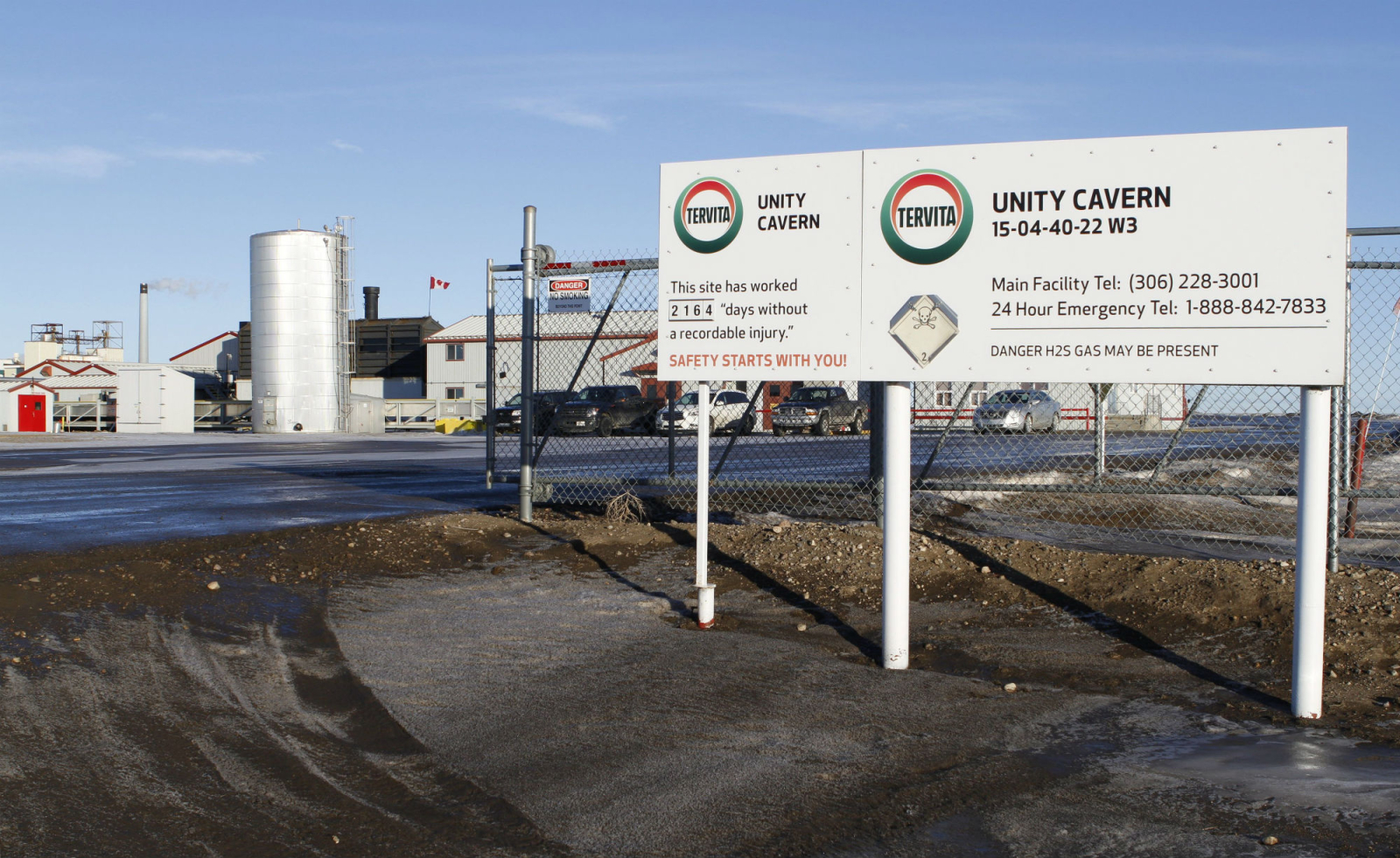
The Tervita facility near Unity, Sask. is a waste disposal facility that handles high-risk materials. Photo by Dayne Winter/Global News
Government accused of downplaying impacts
“The critical question still has not been answered,” says resident Morice Miller. “What exactly was in that toxic emission and was there any danger to the health and well being of the citizens of Unity?”
The province’s characterization of the incident as causing “personal discomfort” is, Miller says, “more than a bit” of an understatement.
“The town was unprepared. Tervita was unprepared... The Government of Saskatchewan, especially, was unprepared and that is unacceptable,” says the 71-year-old. “This cannot happen again. Period... What is more important, the jobs or the health of the citizens of Unity? For me, that’s a no-brainer.”
Alexandria Stubbs’ family dog refused to go outside on the day the smell came to town.
Tervita’s Unity facility is licensed to receive, store, treat and dispose of waste, including hazardous and “hydrocarbon-contaminated” wastes from the petrochemical industry, a provincial statement confirmed. Some residents believe the incident may be connected to a shipment of waste from a Shell Canada plant in Caroline, Alta. But there’s no clarity on what was in that shipment. Shell declined to answer that question.
“As one of Tervita’s customers, we were made aware that there was an issue near their Unity Cavern facility on Jan. 2, 2018,” reads a statement from Shell. “We remain in touch with the company as well as local regulators to assist in any investigation being conducted as needed.”
Brooke Ceslak, 23, is a former oil industry worker who, like many in Unity, doesn’t support any response that would undermine the plant’s operations and the jobs it provides.
“If it’s dangerous it needs to be told,” she says. “But being that they said it wasn’t dangerous... I guess we just have to believe them. But it would be good to see all the proof. I definitely don’t want (the facility) shut down.”
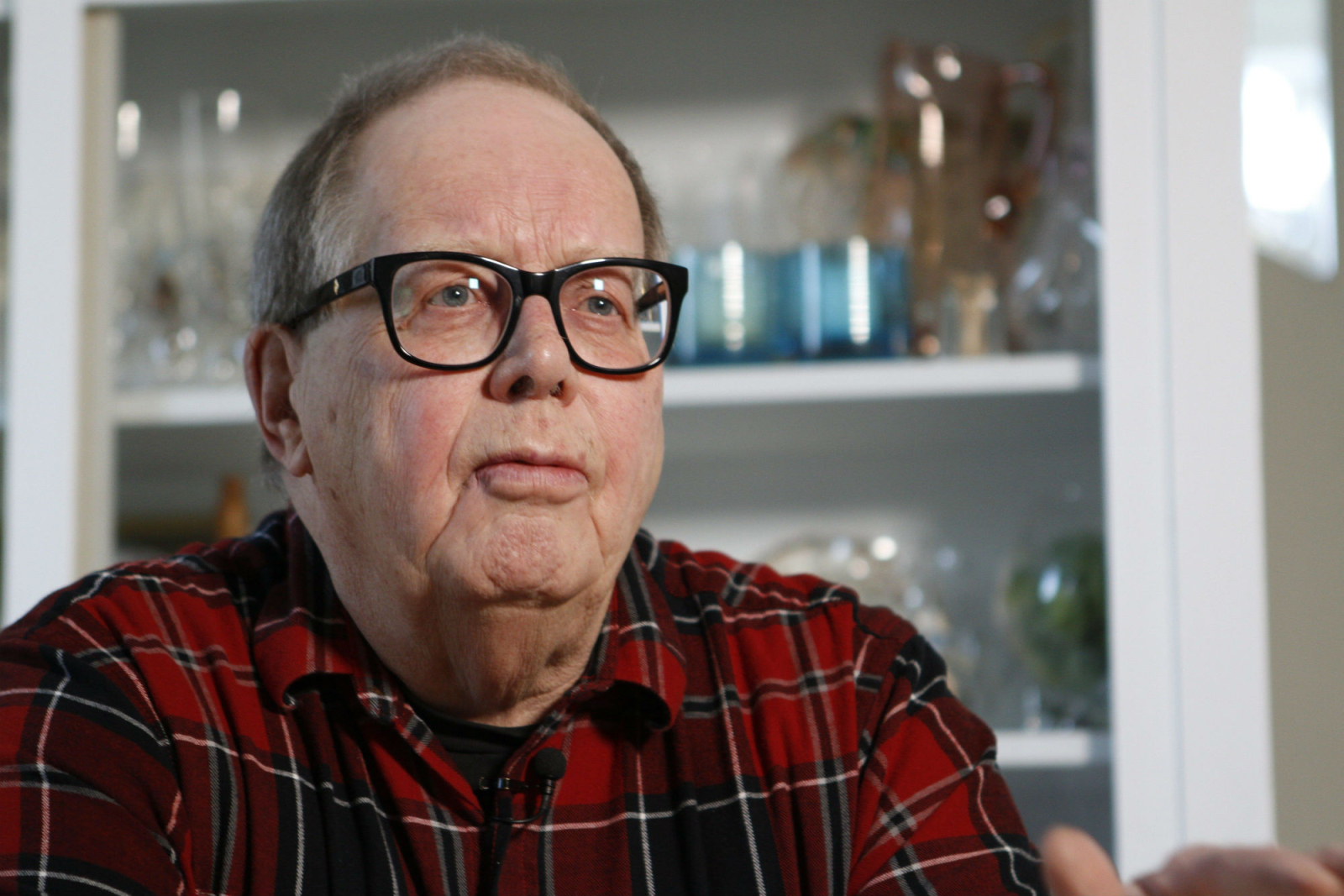
Residents experience headaches
For many, the prospect of a similar incident re-occuring without a warning and a detailed explanation from authorities has left lingering implications.
“If there’s a risk of that happening again, I’ll be moving,” says Solderholm.
“The smell was quite strong,” says the mother of two small children. “Within just the couple of minutes the door was open, it filled our living room... I went on Facebook to see if anyone else was bothered and saw the whole town was complaining. That’s when we started brainstorming a plan to pack up the kids and evacuate town.
“There has been no attempt to debrief the people of this town as to what happened and the severity of it, or what to do if and when it happens again.”
Soderholm, a 32-year-old mother of two, thought she had a gas leak in her house. She called the fire department and was told to leave, go outside into the frigid cold with her children, aged 5 and 13, and wait for someone to come.
After 25 minutes sitting in her car, Soderholm decided the smell was stronger outside so they went back inside, logged on computer and discovered others experiencing the same thing.
“My daughter had a headache and the headache lasted until the next day,” she says. “I had a migraine and was feeling nauseous.”
In the end, she says no one responded to her call.
“Nobody came to test the air around my house,” she says. “We have no idea what it was... (The Town of Unity) completely brushed it under the rug... Once you start showing physical reactions to a chemical or a gas in the air, that’s definitely cause for concern.
“I would like them to be fully honest about what happened, what we were breathing, the concentration levels and what they’re planning to do so that it doesn’t happen again,” says Soderholm.
Residents fear that the emission could have contained hydrogen sulphide (H2S), a toxic, potentially deadly gas that killed one oilfield worker in Saskatchewan in 2014 and injured others.
The province told the Star, National Observer and Global News that there is no H2S monitor in Unity.
In its statement, the government said ministry staff visited the town with air-monitoring equipment, including H2S monitors, on Jan. 3 and found no toxic emissions. But concerns remain about what was in the air the previous night.
On Jan. 2, Carey Baker, the town’s director of economic development, picked up air-quality testing equipment that the province had left with him after a previous incident and took air samples along the main street.
Baker sent the results to the province’s ministry of environment on Jan. 4 where they forwarded them to Ottawa. Environment Canada officials in Ottawa confirmed they received the samples. Results are expected shortly and will be shared with the province.
— with files from Patti Sonntag, Patricia Elliott, Carolyn Jarvis and Meaghan Craig
It's about time we
It's about time we discontinued putting our heads in the sand over incidents like this.
I know jobs are a priority, so is our health. The company outside Unity needs to be held to account for what the smell was and more importantly own up to what they are processing in the plant.
The Federal Government, Saskatchewan Government and local government all need to ensure they know what the companies are manufacturing, disposing of etc.
Ontario had a Hydrogen Sulphide gas leak from old gas wells and the residents where evacuated and the area quarantined until the problem was corrected.
It's time the corrective action is taken in all such instances. More important governments need to know what the company is processing, anything less is unacceptable.
One final point "Companies and governments are afraid of being sued so nothing is said because of this fear. Not an acceptable excuse.
Time for decision and hard work - Not travelling and posting selfies to enhance ones image.
Deadly hydrogen sulphide can
Deadly hydrogen sulphide can easily be detected by humans as a "rotten eggs" smell as low as one part per million. As little as 10 ppm can cause discomfort and headaches. At 100 ppm, it will make people seriously ill. The CDC "50% lethal dose" (LD50) is just 500 ppm. Exposure to less can cause permanent loss of sense of smell or blindness.
Next time a climate change denier says CO2 is just a "trace gas," suggest they go into a room with the equivalent concentration of H2S. They won't be denying for much longer.

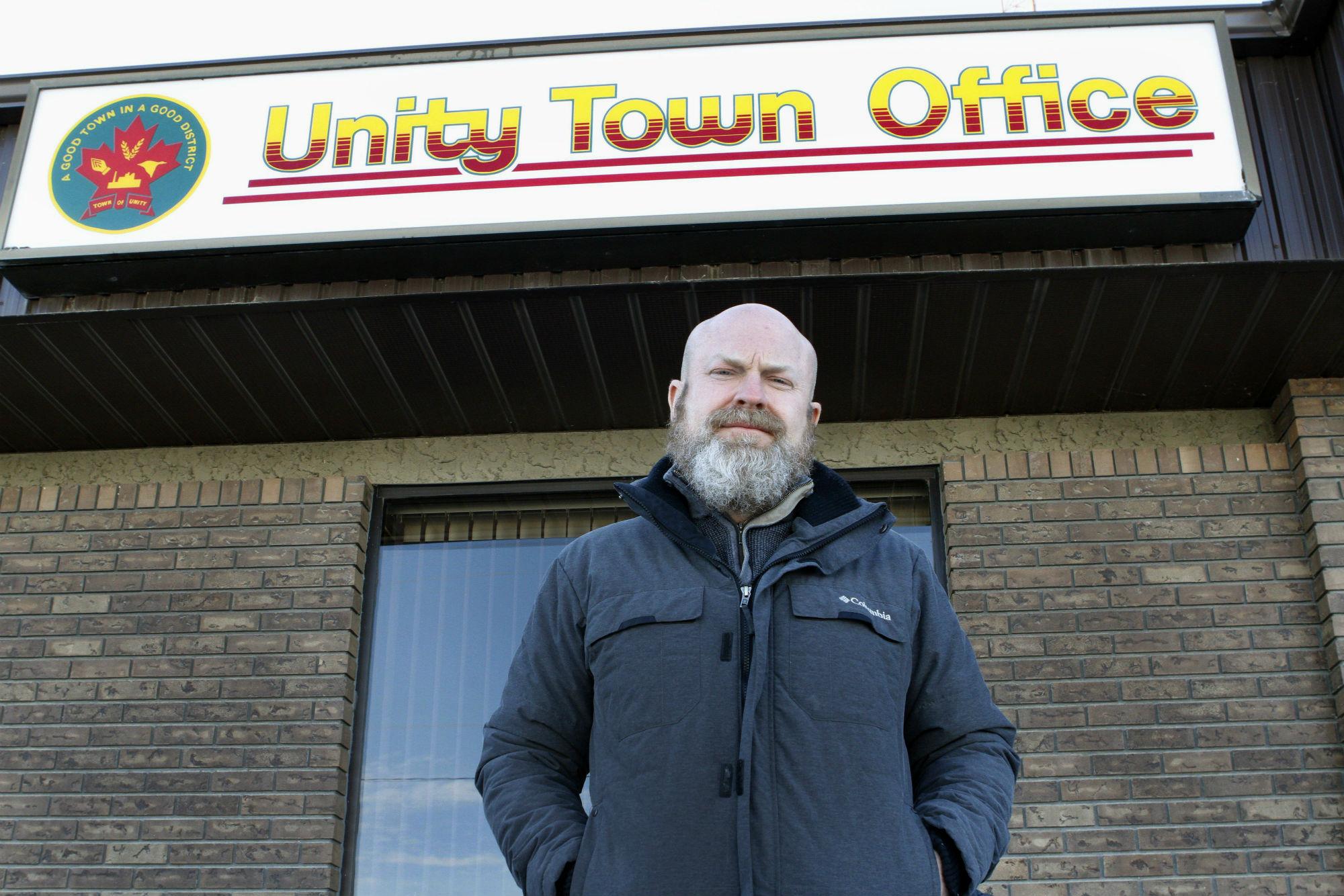



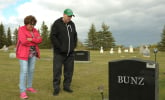
Comments